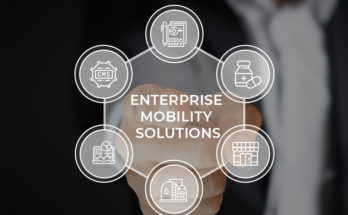Microlending was a relief for many because it solved the problems that banks were either unwilling or unequipped to solve. It enabled empowering the unbanked and the non-inclusive people who couldn’t afford to approach banks or apply for loans due to their supposed inability to repay the loans. The risks were just too high.
Microlending changed things. From single mothers to rural businesses, everyone with a will to start a new endeavor could easily apply for a loan and get enough amount to start the project without a previous history with the credit system to prove their creditworthiness. Microlending became a source of funds for families and individuals across the country creating better opportunities.
Microlending however did have its limitations such as deeper geographic penetration and thereby limiting its potential to positively disrupt economy.
Merging technology with microlending
With the advent of smartphones and its successful penetration in the Indian market, it was now possible to reach out to the potential borrowers present in these rural market segments, but it came with its own challenges that stood as barriers for the microlending ecosystem to expand to its full potential.
Let’s look at some of these hurdles and how they are being solved to help microlenders reach out to the people who need it the most.
User interface
A lot of these potential borrowers are new to smartphones and are only familiar with the basic functionalities of their devices. Creating solutions that are complex in nature is overwhelming to them and instead of them finding it as an opportunity it may divert them from the entire process altogether.
This paves the way to develop platforms that are user friendly and easy to understand for borrowers to operate in a few simple steps, without them being overwhelmed by technological functions of their smart phones. Loan applications, and repayments becomes much easier and hassle free for these borrowers.
Accessibility in remote areas
Network poses an acute crisis in remote areas. The internet connection isn’t always available or is close to nil. This makes it difficult for business correspondents to access cloud based platforms and get the registrations and transactions done in a timely fashion.
Offline mode and pioneering innovation have led to some very successful results as these applications help in getting the work done through local storage or over SMS and phone calls. It makes the job of the business correspondent easier and allows a wider coverage of the area.
Reducing the language gap
A lot of the microloan borrowers, are scarcely educated or aren’t comfortable with English. This makes it difficult for them to access the application where the instructions and workflow are in English.
Incorporating regional languages in the application allows users of different regions to select their native language and proceed. Multi languages based platforms allow the user to check their application, offers, choose the desired plans and repay their debts without much needed assistance.
As FinTech moves ahead with innovative solutions, it proves to be effective and efficient in the whole process of microlending and loan management. As of now, the industry is booming and solutions like MicroSure are helping Microfinance institutions in deeper market penetration.
VolkSoft is a FinTech company that has developed intelligent loan management solutions for various microfinance institutions, private banks, and business correspondents. It has helped countless microlenders in bringing down the duration of a loan cycle using mobility solutions and allowed penetration into wider markets by integrating regional languages and offline mode. Find out more about their solutions here.





